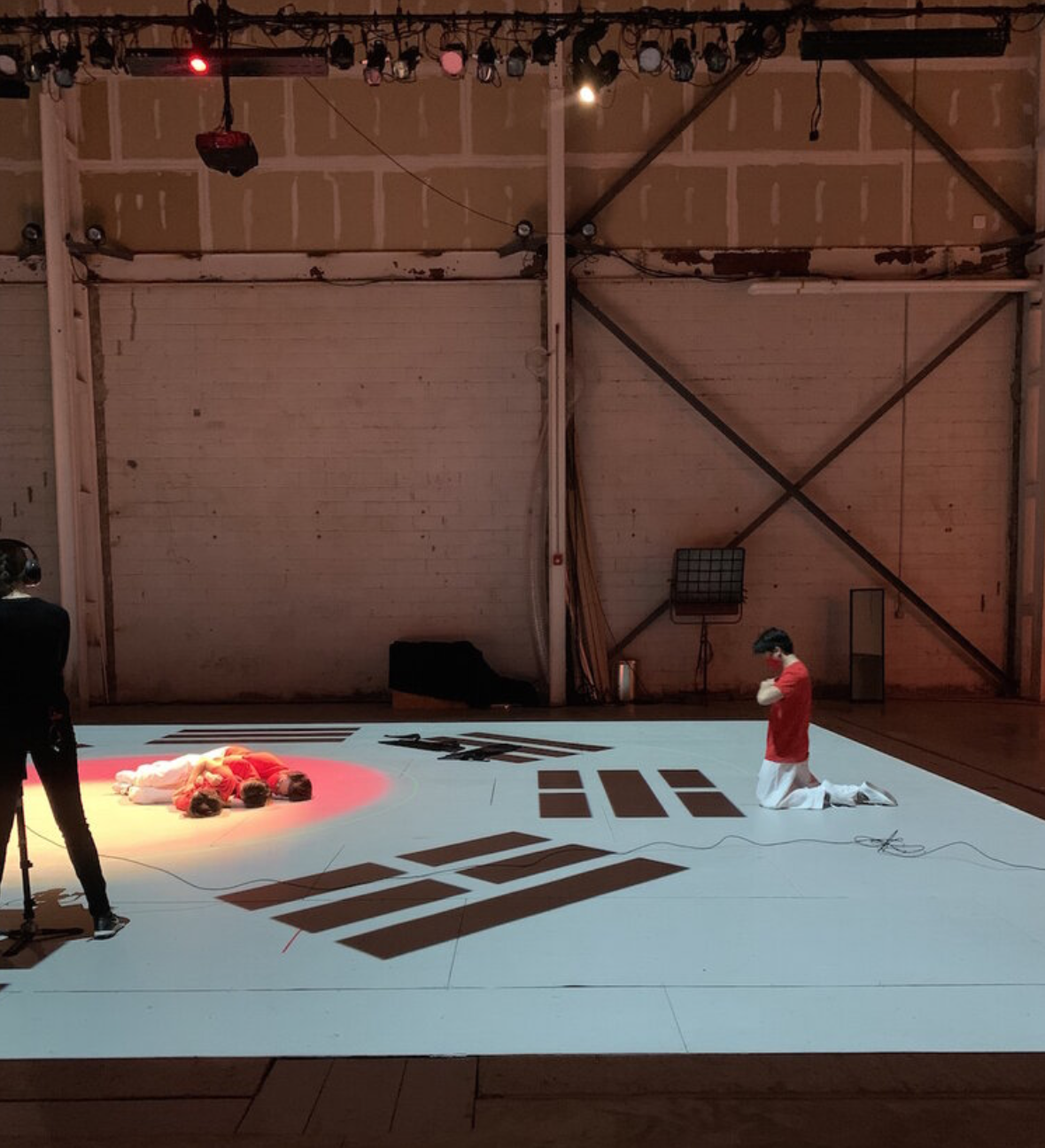
Credits:
By Kathy Cho, 2021-2022 Curatorial Fellow
September 16, 2021
While developing The Crossing, Kenneth Tam has been researching the history of Culturally Based Fraternal Organizations (CBFOs) and some of the practices that are associated with them, including probate ceremonies and hazing. Additionally, the artist has explored various aspects of Taoist funeral rites, such as the burning of paper reproductions of material goods. Included below is information on both subjects, along with links to and quoted selections from select texts and videos that Tam has referenced throughout his research process. These materials are organized into sections based on subject.
Culturally Based Fraternal Organizations (CBFOs)
Culturally based fraternal organizations (CBFOs) welcome members who share a specific ethnicity, broader racial category, religion, or other aspect of cultural heritage. These organizations formed in parallel to the evolution of identity formation and the history of civil rights in the United States. As non-white students first gained access to universities and colleges, many CBFOs were founded between the late 1800s and early 1900s as a response to these students’ lack of a community with shared backgrounds, scholarships, on-campus housing, professional opportunities, and access to existing fraternities due to race and/or religion. Today, contemporary CBFOs continue to provide access to these previously mentioned needs, while also generating camaraderie and creating space to explore contemporary identity politics.
One of the most direct public performances within CBFOs of sharing traditions and introducing new members is during probate ceremonies. Not every CBFO participates in these ceremonies, but for those that do, they symbolize the finale of a transformation and are a source of pride, as well as a public-facing recruitment tool. Depending on the shared identity and traditions of a chapter, probate ceremonies can include a combination of often visceral performances of stepping, strolling, speeches, and/or recitation of the organization’s history. Some components of probate ceremonies such as stepping can be attributed directly to the traditions and heritage of Black fraternities. Present day performances by non-Black CBFOs merge adaptations of Black Greek probate ceremonies with choreography and artistic elements originating from their respective culture. Cultural references also appear in a Greek organization’s coat of arms, which features unique art and symbolism for each fraternity. The ritualistic meaning behind the coat of arms is revealed to a member at the initiation, and whenever possible, present as a prop during probate ceremonies. These traditions reflected in the ceremony are learned and performed by all new members and are passed down from year to year.